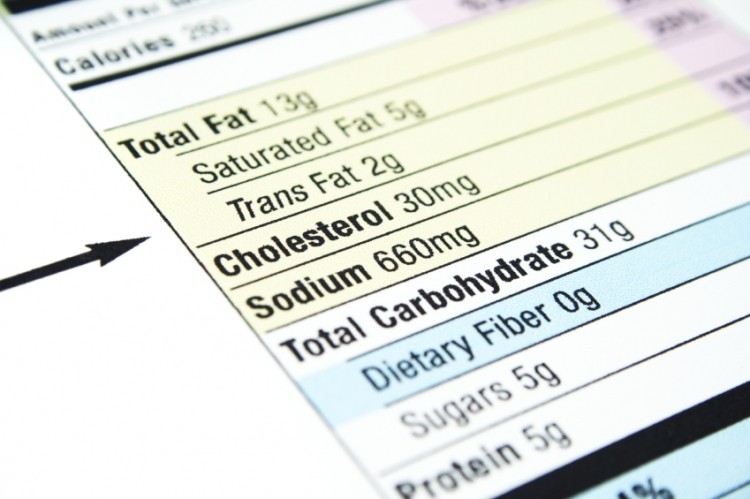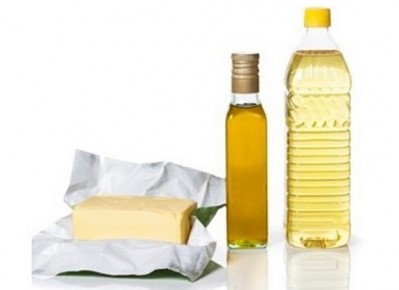New technologies and strategies could help industry totally remove trans fats

With growing pressure to regulate the levels of trans fats in Europe, and an FDA requirement to remove partially hydrogenated oils (PHOs) in foods, there is increasing interest in finding solutions that enable food manufacturers to use healthier replacement ingredients whilst at the same time not changing the physical and sensory properties of end products.
Writing in Current Opinion in Food Science, researchers from the University of Guelph discuss in detail a variety of novel options for the replacement of trans fatty acids (TFA) – including the oil structuring mechanisms of ethylcellulose oleogels, plant-based wax oleogels, and monoglyceride-structured emulsions.
“The structural and mechanical properties of such systems can be tailored to mimic that of PHO based fat systems,” wrote the team – led by senior author Professor Alejandro Marangoni.
“These oil-structuring methods show promise for applications in PHO-free products,” they said – noting that a successful approach to the replacement of trans-fat with alternatives “will involve the combination of several strategies, such gelled oil within structured emulsions and/or combination of oleogelators, in order to achieve the desired functional properties.”
Removal of trans fats
The team noted that hard-stock fats – such trans fatty acids – contribute to the desirable structural, functional, and sensorial properties of many different food matrices.
“Consequently, they cannot generally be directly replaced with liquid oils without negatively impacting the organoleptic properties of the end product,” they said – noting that a ‘first order approach’ to the removal of TFAs has generally been to substitute them with fats high in saturated fatty acids, such as palm fat, fully hydrogenated vegetable oils and animal fat.
“However, though the influence of dietary saturated fats on health has recently taken a more positive light, consumer perception remains generally negative. Therefore, the use of such fats to replace PHOs should not be considered a viable industry-wide alternative to remove artificial trans-fats,” the team said.
Novel strategies
The team noted that in recent years, non-triglyceride structuring of edible oils – for example by oleogelation – has shown strong potential as a means to replace hard-stock fats in food products.
“A variety of different systems have been identified which can impart solid-like properties on edible oil,” they said – noting that these can be categorised into four main strategies:
- the formation of a three-dimensional network of crystalline particles;
- self-assembled fibrillar networks of low molecular weight oleogelators,
- polymer gelators,
- structured emulsions
The review, which can be found here, outlines some of the “more promising, functionally diverse oleogel systems, which have recently been intensively investigated for food applications.”
These include the hydrophobic polymer ethylcellulose (EC), plant-based waxes, and monoglyceride (MG)-based structured emulsions.
“EC oleogels appear to show great potential. The influence of surfactants on these gels has been well documented, and may provide one means to modify textural properties,” they said.
Meanwhile, they noted that due to the versatility and thermal reversibility of plant wax oleogels, have been explored in several different food applications, such as fat reduced in ice-cream, cookies, and margarine as well as other food systems.
They added that MG-structured emulsions “can be tailored to exhibit a wide variety of textures and mechanical properties for bakery products such as cookies and puff pastries” – adding that the unique architecture of these structured emulsions makes it possible to incorporate various types of liquid oils to the system without dramatically altering the rheological properties.
Source: Current Opinion in Food Science
Published online ahead of print, doi: 10.1016/j.cofs.2015.08.006
“Novel trans fat replacement strategies”
Authors: Fan C Wang, Andrew J Gravelle, et al





















